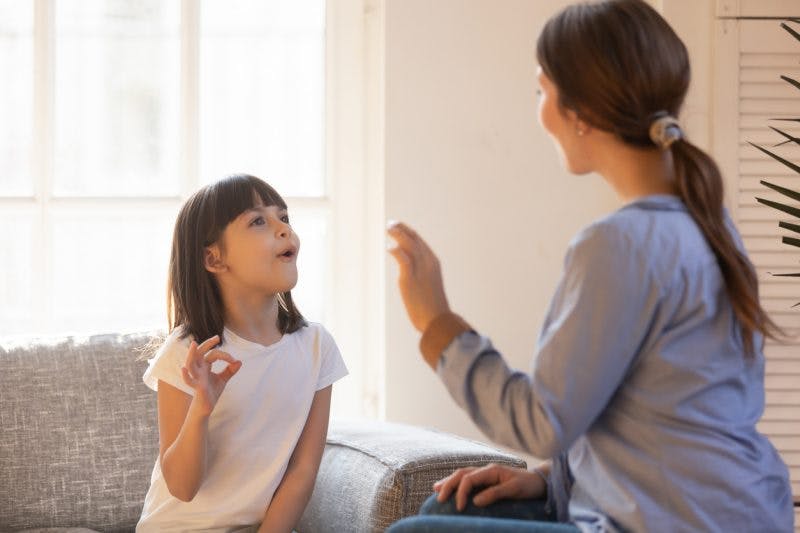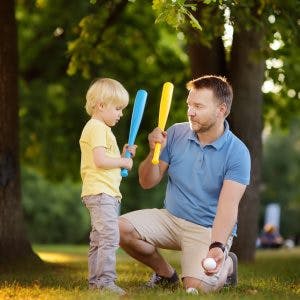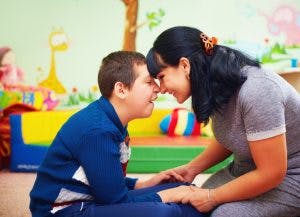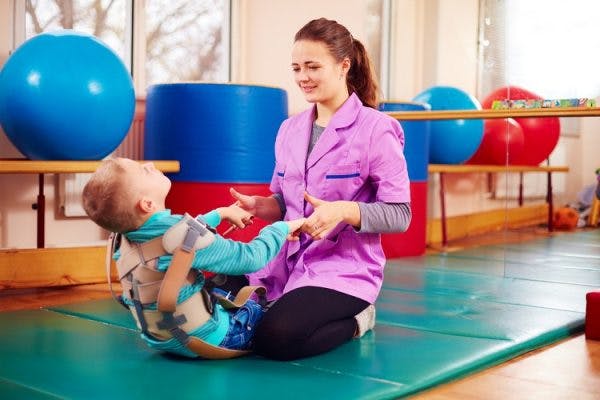Effective management of cerebral palsy will help minimize your child’s symptoms and optimize their quality of life. Cerebral palsy is caused by damage to the brain, resulting in complications with movement, posture, balance, and coordination.
It might only affect a certain area of the body (like the legs or just the right side of the body) but can also affect the entire body. Individuals who have motor impairments throughout their bodies may experience difficulties eating, speaking, and performing daily tasks on their own.
This article will help you understand the differences between various cerebral palsy management interventions and determine which ones your child can benefit from.
Management of Cerebral Palsy is Different for Everyone
No two cases of cerebral palsy are exactly alike, so it only makes sense that the management of cerebral palsy will require a personalized approach that caters to each individual’s specific motor impairments.
Symptoms of cerebral palsy can range from mild to severe. Generally, the more severe a person’s CP is, the more areas of the body are affected.
Although cerebral palsy is a motor disability, it can also affect other functions like communication, focus, and sleep.
Common conditions associated with cerebral palsy include:
- Irregular Muscle Tone
- Behavior Problems
- Sensory Problems
- Vision Impairments
- Bowel and Bladder Problems
- Epilepsy
- Hearing Impairments
- Feeding Difficulties
- Inability to Speak
- Abnormal Gait
- Scoliosis
- Learning Disability
Now that you’re aware of many of the various complications that can occur alongside or as a result of cerebral palsy, let’s go over what management interventions can help!
Management Interventions for Cerebral Palsy

Management of cerebral palsy will focus on minimizing the way symptoms affect your child’s everyday life.
Generally, a combination of interventions is ideal.
Physical Therapy
Physical therapy can help children with cerebral palsy improve their mobility through exercises that target weak muscles, lengthen tight muscles, and help promote full range of motion.
This will help prevent chronic pain caused by excess pressure on the joints and improve the fluidity of movements.
Physical therapy to improve one’s gait can consist of weight-bearing treadmill training, aquatic therapy, or overground training with the help of mobility aids like walkers and crutches.
The more your child practices these exercises, the more they stimulate their brain. Neuroplasticity is the brain’s ability to rewire itself and by consistently stimulating the brain, functions affected by CP can be reassigned to healthy areas of the brain. This allows symptoms of CP caused by brain damage, such as spasticity, to improve.
Occupational Therapy
Occupational therapy focuses on promoting your child’s independence by practicing everyday activities.
Your child will perform practical tasks like brushing their teeth, eating, and getting dressed. This will help improve your child’s coordination and fine motor skills.
The skills learned in occupational therapy will help your child follow routines and develop heathy habits.
Occupational therapists will also assess whether your child would benefit from adaptive tools like reachers or adaptive utensils to boost their independence.
Speech Therapy
Children who experience difficulties controlling the muscles around their mouth will benefit from speech therapy.
There, they’ll practice exercises aimed to strengthen their oral motor muscles.
This will help children that have difficulties speaking better articulate their speech. Children with non-verbal cerebral palsy will learn how to use alternative forms of communication like voice generators or communication boards.
Speech therapy will also help children with feeding difficulties improve their chewing and swallowing.
Orthotics
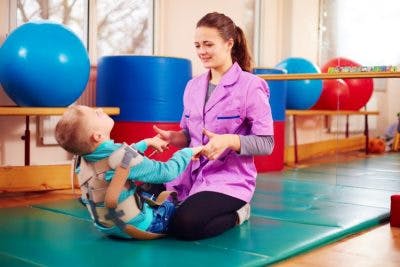
Orthotics like braces, compression garments, and casts will help promote proper musculoskeletal alignment.
Many children with cerebral palsy experience abnormal growth or deformities due to uneven muscle tension.
In fact, nearly 20-25% of children with cerebral palsy develop scoliosis (when the spine curves to the side).
Orthotics won’t prevent muscle contractions, but they can help your child practice moving with correct form and mildly stretch spastic muscles.
Diet
Eating a balanced diet is important for all children with cerebral palsy. A healthy diet will help support healthy growth, musculoskeletal health, and stable energy levels throughout the day.
Children with cerebral palsy-related feeding difficulties might struggle to consume enough calories and are at risk for malnutrition and dehydration.
Therefore, foods that are nutrient-dense, relatively high in calories, and require minimal chewing like nut butters, olive oil, and avocados are ideal to incorporate into your child’s diet if they struggle with feeding.
Medications
Many children with CP struggle to do their best during therapy because spasticity severely restricts their movement.
Medications like Botox or muscle relaxants can help temporarily reduce the excitability of spastic muscles so that children can focus on maximizing their progress in therapy.
The more they’re able to practice proper form when moving, the more they can learn to stimulate their brains to adapt and replace abnormal movement patterns.
Cerebral Palsy Support Groups
Managing cerebral palsy can be overwhelming. Luckily, you don’t have to go through it alone.
Cerebral palsy is the most common childhood motor disability in the world, meaning that there are thousands of people who understand exactly what you’re going through and can offer help.
Joining a support group will allow you to connect with other parents of kids with cerebral palsy, share experiences, and gain access to an abundance of helpful information.
Understanding Cerebral Palsy Management
Cerebral palsy is widely misunderstood. When given the chance, children with cerebral palsy are capable of doing much more than others may assume.
Through consistent management of cerebral palsy, children can learn to maximize their mobility, communicate effectively, and prove to everyone around them just how capable they are.
Hopefully, this article helped you determine what management interventions your child can benefit from. Good luck!

